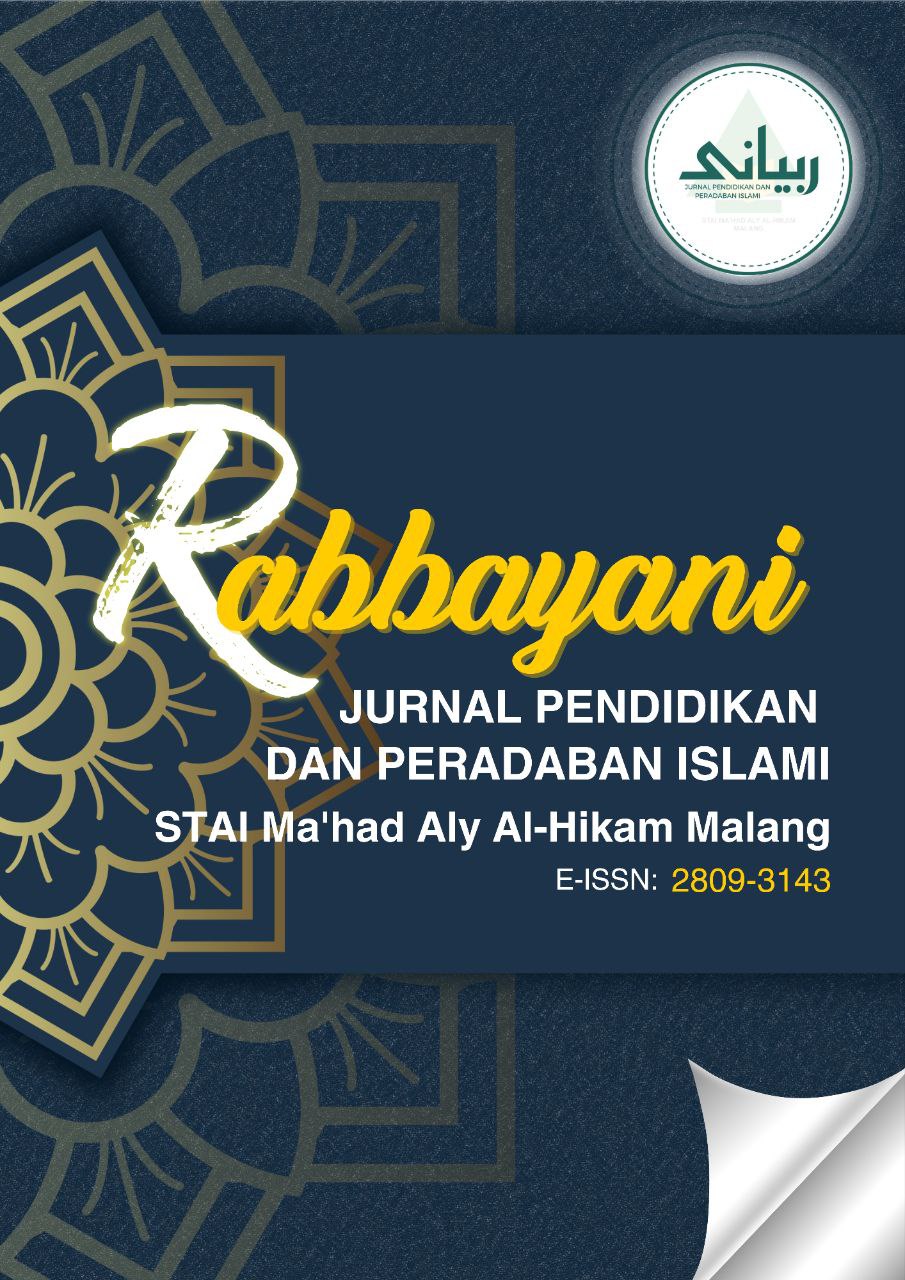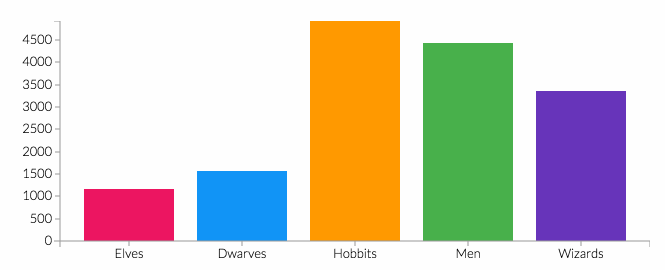Metode Research and Development dalam Pendidikan Islam
Research and Development Methods in Islamic Education
Abstract
This article discusses the Research and Development (R&D) method in Islamic education. R&D is a systematic process for developing and validating new products or programs or improving existing ones. In Islamic education, R&D is used to develop various Islamic educational products or programs, such as curriculum, teaching methods, learning materials, and training programs. This article explains the characteristics, models, and stages of R&D in Islamic education. The attributes of R&D include being structured and systematic, focusing on problem-solving, and having a value of benefit. The R&D models that can be used in Islamic education include the Borg and Gall Development Model, the Plomp Model, the ADDIE Development Model, the Sadiman Development Model, and the Dick and Carey Development Model. The stages of R&D according to Borg & Gall (1983) consist of (1) Research and Information Gathering, (2) Planning, (3) Developing the Initial Form of the Product, (4) Preliminary Field Test, (5) Revising the Main Product, (6) Main Field Test, (7) Revising the Operational Product, (8) Operational Field Test, (9) Revising the Final Product, and (10) Dissemination and Implementation. This research concludes that the R&D method is important in the development of Islamic education. R&D can help improve the quality of learning by producing effective and efficient educational products and programs.
Artikel ini membahas tentang metode Research and Development (R&D) dalam pendidikan Islam. R&D adalah proses sistematis untuk mengembangkan dan memvalidasi produk atau program baru atau menyempurnakan produk atau program yang sudah ada. Dalam pendidikan Islam, R&D digunakan untuk mengembangkan berbagai produk atau program pendidikan Islam, seperti kurikulum, metode pengajaran, materi pembelajaran, dan program pelatihan. Artikel ini menjelaskan tentang karakteristik, model, dan tahapan R&D dalam pendidikan Islam. Ciri khas R&D antara lain terstruktur dan sistematis, fokus pada pemecahan masalah, dan memiliki nilai manfaat. Model R&D yang dapat digunakan dalam pendidikan Islam antara lain Model Borg & Gall, Model Plomp, Model ADDIE, Model Sadiman, dan Model Dick and Carey. Tahapan R&D menurut Borg & Gall (1983) terdiri atas: (1) Penelitian dan Pengumpulan Informasi, (2) Perencanaan, (3) Pengembangan Bentuk Awal Produk, (4) Uji Lapangan Pendahuluan, (5) Revisi Produk Utama, (6) Uji Lapangan Utama, (7) Revisi Produk Operasional, (8) Uji Lapangan Operasional, (9) Revisi Produk Akhir, dan (10) Sosialisasi dan Implementasi. Artikel ini menyimpulkan bahwa metode R&D penting dalam pengembangan pendidikan Islam. R&D dapat membantu meningkatkan kualitas pembelajaran dengan menghasilkan produk dan program pendidikan yang efektif dan efisien.
Kata Kunci: Metode, Research and Development, R&D, Pendidikan Islam.







 RABBAYANI: Jurnal Pendidikan dan Peradaban Islami
RABBAYANI: Jurnal Pendidikan dan Peradaban Islami
